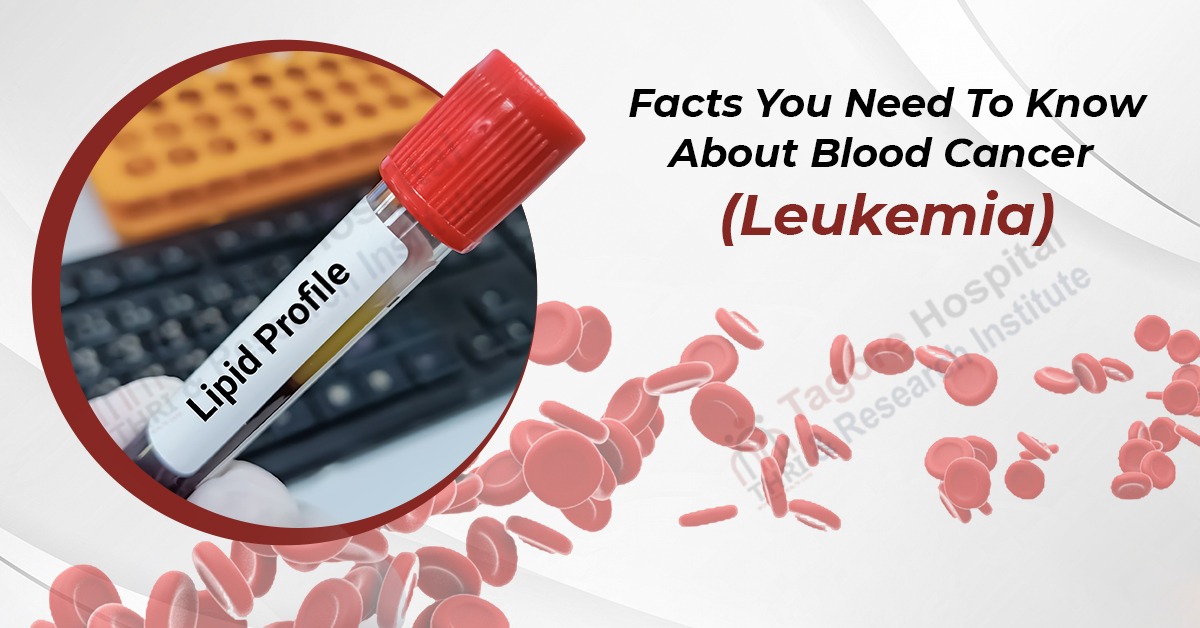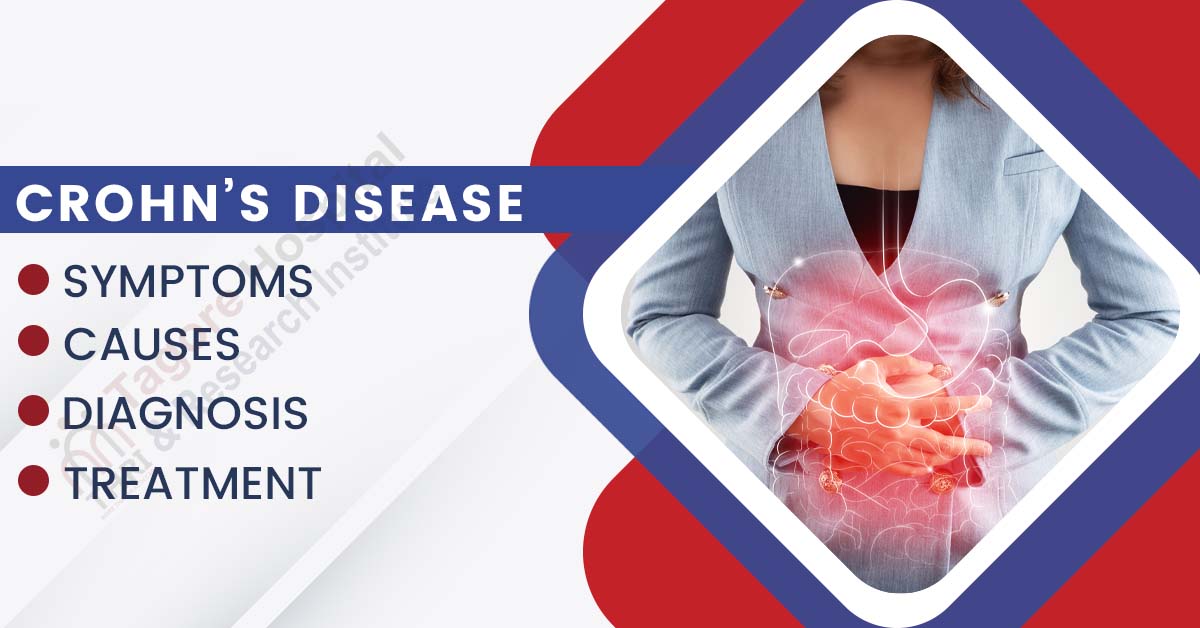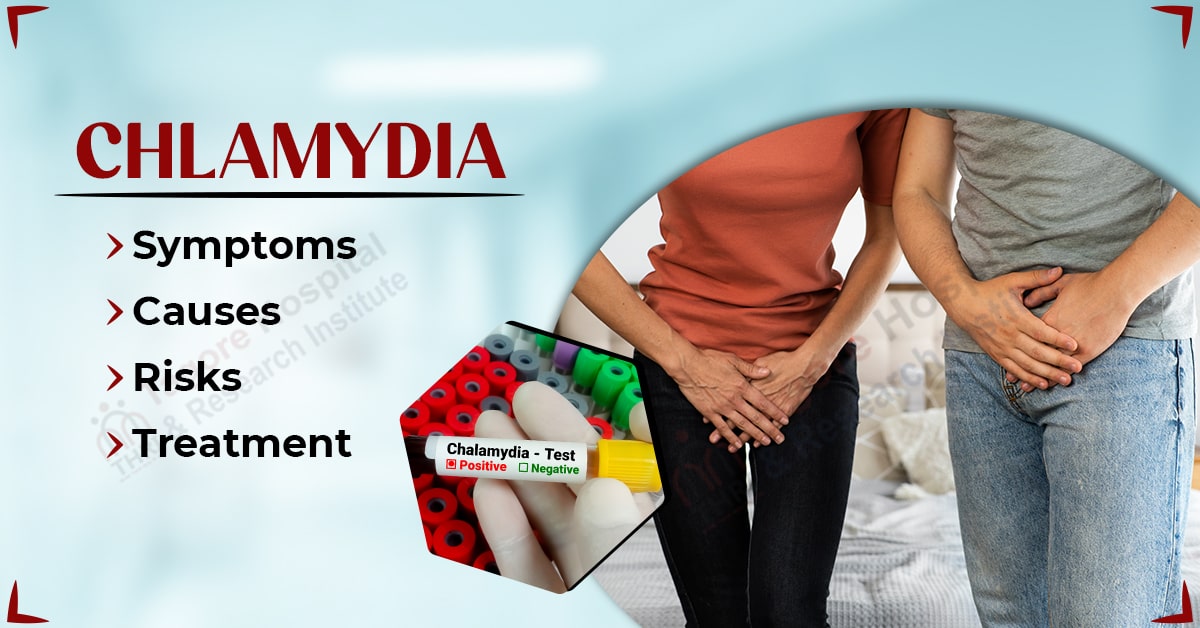- By THRI admin
- Posted May 25, 2023
Cancers of the blood-forming tissues, such as lymphatic and bone marrow, are called leukemias. A variety of forms of leukemia exist. Certain types of leukemia are more likely to develop in children. The majority of cases of other types of leukemia occur in adults.
The white blood cells are typically affected by leukemia. A white blood cell is capable of fighting infections, and it grows and divides by your body's needs. Leukemia patients, however, have abnormal white blood cells overproduced by their bone marrow.
The treatment of leukemia can be complicated based on the type of leukemia and other factors. Nevertheless, some tactics and tools can help you succeed in your treatment.
What is leukemia?
In particular, the bone marrow and the lymphatic system are impacted by leukemia, a form of cancer that affects the body's blood-forming tissues. It entails the abnormal production of white blood cells, which are in charge of fending off illnesses and infections. When a person has leukemia, their bone marrow produces an abnormally high number of poorly functioning white blood cells known as leukemia cells.
The production of regular red blood cells, white blood cells, and platelets can be reduced as a result of these leukemia cells crowding out healthy blood cells in the bone marrow. People with leukemia may consequently display symptoms like exhaustion, frequent infections, easy bruising or bleeding, anemia, and enlarged lymph nodes.
What are the symptoms of leukemia?
The specific type of leukemia can affect symptoms. For example, you might not notice any symptoms in the beginning stages of a chronic form of leukemia.
Leukemia frequently exhibits the following symptoms:
- fatigue; easily gets tired.
- both fever and night sweats.
- numerous infections.
- breathing difficulty.
- pale skin.
- weight loss that's not apparent.
- A bone or joint may be painful or tender.
- under your left ribs, you may feel pain or fullness.
- you may have swollen lymph nodes in your neck, groin, underarm, stomach, liver, or spleen.
- bleeding gums, nosebleeds, and a rash known as petechiae, which appears as small red or purple spots on the skin or as purplish or darkened patches of skin, are all examples of people who bruise and bleed easily.
What are the different types of leukemia?
Leukemia comes in a variety of forms, including:
- Acute Lymphoblastic Leukemia (ALL): This is leukemia with rapid growth that affects lymphoid cells, a subset of white blood cells. Despite being able to affect adults, it is most frequently diagnosed in children.
- Acute Myeloid Leukemia (AML): Myeloid cells, which are responsible for producing red blood cells, platelets, and specific types of white blood cells, are affected by this rapidly progressing leukemia. Both children and adults are susceptible.
- Chronic Lymphocytic Leukemia (CLL): CLL is leukemia with a slow growth rate that mainly affects mature lymphocytes, a subtype of white blood cells. Older adults are more likely to develop it, and it frequently advances slowly over time.
- Chronic Myeloid Leukemia (CML): Myeloid cells are impacted by this form of leukemia. It typically advances gradually at first but may eventually change into acute leukemia with a faster rate of growth. Adults are typically the ones who are diagnosed.
- Hairy Cell Leukemia (HCL): A rare form of lymphocyte known as B cells is affected by HCL. The hair-like projections that can be seen on the surface of cancerous cells gave it its name. HCL usually develops slowly and is diagnosed in adults.
What’s the difference between chronic and acute leukemia?
The difference between acute and chronic leukemia typically comes down to where the cells are affected during the process of maturation.
Since the cancer is advancing quickly in acute leukemia, it may be more challenging to treat. Due to the immaturity of the affected cells in acute leukemia and their inability to mature at all, they are unable to perform any of their normal functions. This increases the likelihood that acute leukemia will result in leukemia symptoms.
A slower rate of cancer growth is indicated by chronic leukemia. In actuality, it might take years for symptoms to appear, and the person might never even notice them. An abnormal blood cell count may be discovered during routine blood tests, which is how chronic leukemia is typically discovered in patients.
Even though the blood cells in chronic leukemia are cancer cells, they may still be able to maintain some normal function (and thus cause fewer and less severe symptoms and complications) than those in acute leukemia because they are partially mature, in contrast to acute leukemia.
Read also: Heart Disease: Symptoms, Causes, Risk Factors, Prevention, And Treatment
How is leukemia diagnosed?
Your doctor may be notified by the results of routine blood work that you may have an acute or chronic form of leukemia and need additional testing. If you exhibit leukemia symptoms, they might also advise a workup.
The following are examples of diagnostic examinations and tests:
- Physical examination: Your doctor will ask about your symptoms and examine you to look for swollen lymph nodes, an enlarged spleen, or an enlarged liver. They might also look for bruising and swelling in your gums. They might search for a leukemia-related skin rash that can be red, purple, or brown.
- Complete blood count (CBC): This blood test identifies whether your white blood cell, platelet, and red blood cell counts are out of the ordinary. White blood cell counts that are above average are most likely a sign of leukemia.
- Examination of blood cells: Your healthcare provider may take additional blood samples to look for indicators of the presence of leukemia cells or a particular type of leukemia. Additional tests that your doctor might request include peripheral blood smears and flow cytometry.
- Bone marrow biopsy (bone marrow aspiration): If you have an abnormal white blood cell count, your doctor may recommend a biopsy. A big needle is inserted into your bone marrow (usually in your pelvic bone) during the surgery to extract fluid. A lab examines the fluid sample for leukemia cells. A bone marrow biopsy can confirm a leukemia diagnosis by determining the percentage of abnormal cells in your bone marrow.
- Imaging and other tests: If your symptoms suggest that leukemia has affected your bones, organs, or tissue, your doctor may recommend a chest X-ray, CT scan, or magnetic resonance imaging (MRI) scan. On imaging, there are no leukemia cells to be seen.
- Lumbar puncture (spinal tap): A sample of spinal fluid may be tested to discover if leukemia has spread to the spinal fluid around your brain and spinal cord.
Do the tests need to be so expensive?
Due to several factors, diagnostic tests for leukemia can be pricey.
- Specialized Equipment and Technologies: Advanced laboratory equipment and methods, such as flow cytometry, genetic testing, and molecular profiling, are frequently used to detect and diagnose leukemia. These equipment are costly to purchase and maintain, adding to the entire cost of the testing.
- Skilled Personnel: Leukaemia tests must be performed and interpreted by trained specialists such as hematologists, pathologists, and laboratory technicians. The entire cost includes the expense of their knowledge as well as the time they spend performing and analyzing the tests.
- Multiple Test Types: To confirm the presence of cancer cells and identify the precise type and subtype of leukemia, several different tests are frequently used in leukemia diagnosis. These examinations could involve blood work, bone marrow biopsies, imaging tests, and genetic testing. The total cost is increased by the cumulative cost of these various tests.
- Research and Development: To increase precision and give patients more in-depth knowledge about the disease, new technologies, and tests are constantly being developed in the field of leukemia diagnostics. Patients frequently end up paying for research and development expenses.
How is leukemia treated?
Numerous factors will affect how your leukemia is treated. Depending on your age, general health, the type of leukemia you have, and whether it has spread to other areas of your body, such as the central nervous system, your doctor will decide on your leukemia treatment options.
Leukemia is frequently treated with the following methods:
- Chemotherapy: Leukemia's main treatment method is chemotherapy. Leukemia cells are killed by this drug treatment using chemicals. You might be given a single medication or a cocktail of medications, depending on the type of leukemia you have. These medications can be taken as pills or they can be injected right into a vein.
- Targeted therapy: Targeted drug therapies concentrate on particular abnormalities that are present in cancer cells. Targeted drug therapies can kill cancer cells by obstructing these abnormalities. Your leukemia cells will be examined to determine whether targeted therapy might benefit you.
- Radiation therapy: Leukemia cells are destroyed and their growth is halted by radiation therapy using X-rays or other high-energy beams. As a large machine moves around you as you lie on a table receiving radiation therapy, specific areas of your body are targeted by the radiation. Radiation treatments can target a single region of your body with a concentration of leukemia cells or they can cover your entire body. To get ready for a bone marrow transplant, radiation therapy may be used.
- Immunotherapy: Immunotherapy fights cancer by activating your immune system. Because cancer cells produce proteins that help them conceal themselves from immune system cells, your body's immune system, which fights disease, may not attack your cancer. Immunotherapy affects that process to work.
- Engineering immune cells to fight leukemia: Chimeric antigen receptor (CAR) - T cell therapy is a specialized treatment that takes your body's germ-fighting T cells, designs them to fight cancer, and then reinfuses them into your body. Certain kinds of leukemia may be candidates for CAR-T cell treatment.
Why do people with the same cancer get different treatments and have different problems?
People with the same type of cancer may receive different treatments and encounter various issues for a variety of reasons. The following are some elements that may be responsible for these variations:
- Disease stage and characteristics: Cancer stages (the amount to which it has spread) and characteristics, such as the exact genetic alterations involved, might differ. These factors can have an impact on treatment decisions since different stages and genetic profiles may respond better to different medicines. Individual features are used to customize treatment in personalized medicine.
- Guidelines for treatment and developments: As new research and clinical trials uncover new insights into better therapies, treatment approaches for cancer change over time. Although individual circumstances and preferences may cause variations in treatment plans, guidelines from medical organizations help standardize treatment options.
- Factors relating to the patient: Each patient is unique, with their medical history, general health, and personal preferences. Age, the presence of additional medical conditions, prior treatments, and patient goals can all have an impact on treatment decisions and therapy selection.
- Access to healthcare: Disparities in healthcare access and resources can have an impact on the type and quality of treatment that people get. Geographic location, insurance coverage, budgetary constraints, and the availability of specialized medical facilities can all impact treatment possibilities.
- Medical knowledge and preferences: Different oncologists may have varying degrees of training and experience, which can result in variations in treatment recommendations. The variation in care may also be influenced by personal preferences or biases held by doctors regarding particular treatment modalities.
Can blood cancer be cured?
Some cancers still can't be completely cured, despite the long and successful progress of medical science. That type of cancer includes blood cancer.
A patient with blood cancer cannot be fully cured by any medication. Doctors can add five to ten years to your life expectancy. You can't have a normal life with them, though.
Are the side effects of chemotherapy worse than cancer?
Chemotherapy side effects differ based on the medications used, the dosage, and the individual's overall condition. Fatigue, hair loss, nausea, vomiting, diarrhea, decreased appetite, weaker immune system, and increased susceptibility to infections are all common adverse effects. Long-term adverse effects, such as peripheral neuropathy or organ damage, may occur in certain people.
Cancer, on the other hand, can cause a variety of physical and emotional symptoms, and its impact varies depending on the type and stage of cancer. Pain, exhaustion, weight loss, difficulty breathing, and psychological discomfort are all possible cancer signs. Furthermore, untreated or uncontrolled cancer can have serious effects, including organ failure, metastasis, and even death.
Can leukemia be prevented?
Leukemia cannot be prevented in a proven manner. However, by altering your lifestyle and adopting healthy habits, such as the following, you may be able to help lower your risk of developing this type of cancer:
- Avoid smoking, Current smokers should get assistance quitting. Online or in the neighborhood, there are many free programs to help people quit. Keep trying different things to find what works.
- Maintain a healthy weight if you need to, lose weight. Consult a doctor for guidance on how to begin a safe weight loss program.
- Avoid or reduce exposure to substances like formaldehyde and benzene that have been linked to an increased risk of leukemia.
- Limit your contact with pesticides.
- Continue your physical activity and eat well. It has been demonstrated that both of these lifestyle choices lower overall cancer risk.
Tags





